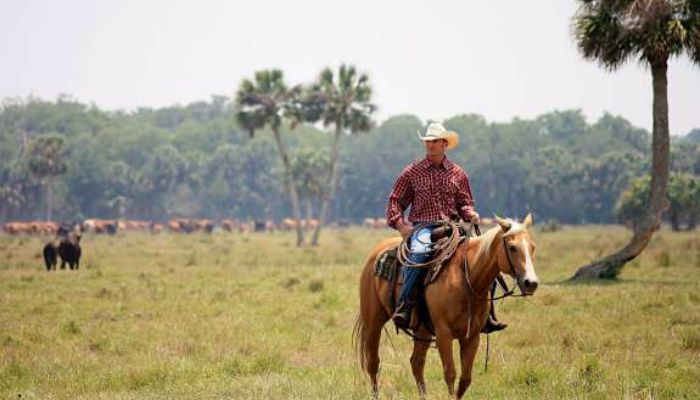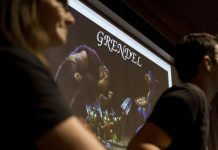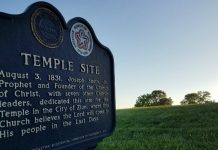
The news that The Church of Jesus Christ of Latter-day Saints plans to develop some of its ranchland in Florida for commercial and residential use has prompted the incorrect story that the Church is “building a city.” The implication is that the Church would own or control the eventual city. This is untrue. The Church has owned the 290,000 acre ranch for 60 years. Last year it acquired a further 380,000 acres. The Church plans to convert 130,000 acres of land to commercial and residential use, and is working with Osceola County officials to draft a development plan. Understanding the real estate development process is key to understanding the Church’s intentions. The owner of a large parcel of land who wants to sell his land to businesses and homeowners cannot simply put out a “For Sale” sign. Building on such a large parcel involves a great deal of practical planning, which requires county government input, and has environmental implications, which could require several layers of local, state, and federal government approval.
So the landowner must draft a “development plan,” which lays out, in varying degrees of detail, which portions of the land will be sold for residential building, which for commercial use, which will be set aside as off-limits to building in order to protect sensitive environmental areas, where new roads will be placed, where existing roads will be altered, whether public transportation will be needed, the size of lots people will be able to buy for their homes, how the new buildings will be provided with utilities like electricity and water, whether eventual occupants would be part of existing cities or form new cities, and other factors.
The Church is presently working with local officials on its development plan, and the main point of continuing discussion seems to be the amount of land to set aside for environmental protection.
After the development plan is approved by all the necessary government regulators, the Church will be free to sell off portions of the land to those who want to build houses or businesses on it. The Church would not retain any ownership stake after the land is sold. The Church would not own a city or any of the resulting houses, businesses, or other new developments. Even the land set aside for environmental conservation would likely transfer to the ownership of the county or the new city.
Why is the Church preparing to sell off some of its land? Why now? The Church has never before developed its Florida land. But if it doesn’t make a plan for intentional development, it will lose control over its own land bit by bit. Neighboring cities have been suing successfully for water rights, and a neighboring county is attempting to condemn a portion of the land for use as a landfill. Rather than losing a significant portion of the land’s value to such actions, the Church has chosen to be proactive and make a coherent plan for the land’s future.
Myth: The Church is building a city in Florida.
Fact: The Church is working with local officials to draft a development plan that will allow the Church to sell parcels of land for commercial and residential development in the future, which will probably create a new city.
Myth: The Church will have ownership of the future city.
Fact: The Church will sell the land to buyers and developers, and will not retain ownership interest in any parcel sold.
Myth: The Church’s plan has something to do with creating a gathering place for refuge from future calamities.
Fact: Future development of the land will produce a normal, diverse city without any special LDS character. The only way to live in the city will be to buy or rent a home there from a developer who bought the land from the Church.






